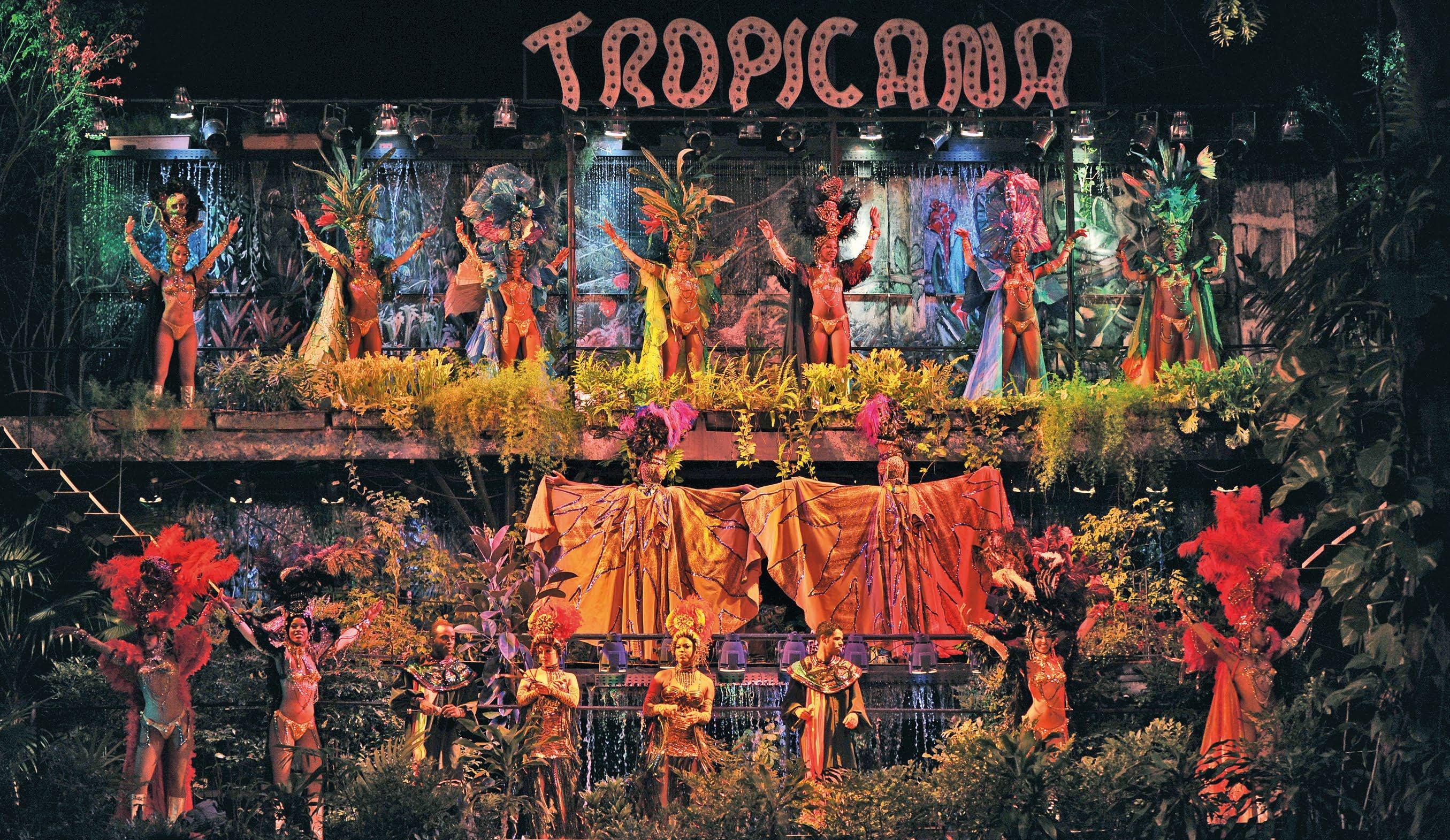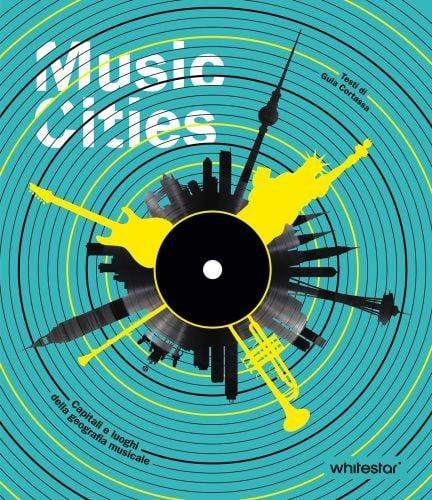
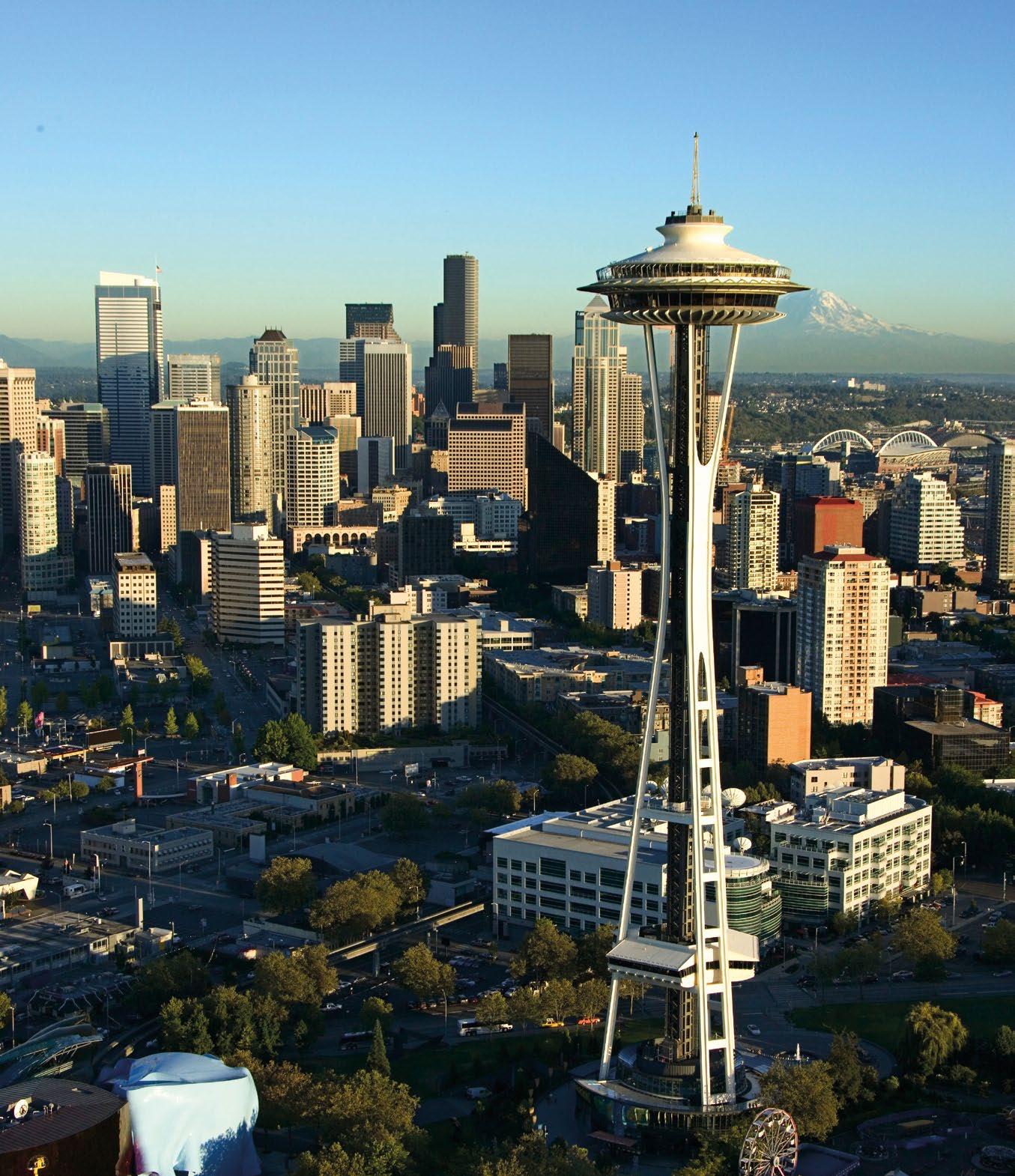



Seattle’s name is inextricably linked to the 1990s, when the explosion first of grunge and later the disruptiveness of the no-global movements brought it to global prominence. Its location, seemingly peripheral to US spheres of influence, actually made it fertile ground for the birth and establishment of major alternative cultural movements. Seattle, in fact, has a long-standing musical tradition that started at the dawn of the twentieth century.
In the early twentieth century, before jazz took over and when movies were still new, the most popular form of entertainment in the United States was vaudeville, a genre likened to variety theater made up of shows consisting of comedy numbers, burlesque, music, and dance. Evening outings were considered social events, and cities glittered with the majestic architecture of theaters that brought the new American dream to life. Seattle was no exception, and its streets sparkled under the twinkling lights of the hall catwalks. Over time, many of these cathedrals of entertainment were torn down, but three remain today: the Moore, the oldest, which retains its original furnishings from 1907; the 5th Avenue Theatre,
1947
1962
A seventeen-year-old Ray Charles arrives in Seattle and meets Quincy Jones.

1979
Bruce Pavitt launches Subterranean Pop
1963
Elvis Presley films It Happened at the World’s Fair at Century 21 Exposition, the 1962 World’s Fair.
Jerden Records releases Kingsmen’s Louie Louie, a controversial track, and it becomes a worldwide hit.
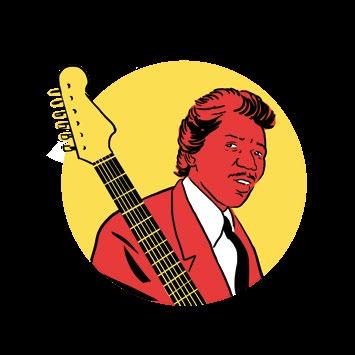
1968
Jimi Hendrix headlines for the first time at Seattle Center Arena.
1984

The Fabulous Sounds of the Pacific Northwest, the debut album by the Young Fresh Fellows, was given a positive review by Rolling Stone.
1986
Bruce Pavitt and Jonathan Poneman found Sub Pop Records.

Some members of Soundgarden and the future Pearl Jam release their first and only record as Temple of the Dog.
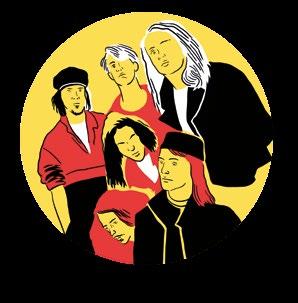
The Riot Grrrl feminist movement is founded in Olympia.
Kurt Cobain dies.
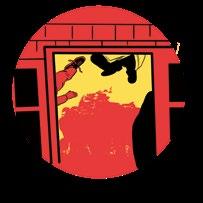
David Bazan forms Pedro the Lion.
Nevermind by Nirvana reaches first place in the rankings.
Cameron Crowe directs Singles, a romantic comedy set in grunge-era Seattle that also features members of Pearl Jam, Alice in Chains, and Soundgarden.

Clashes during the World Trade Organization (WTO) conference bring attention to the “people of Seattle,” one of the most active and important no-global movements.
Robin Pecknold and Skyler Skjelset form Fleet Foxes, one of the most important groups in contemporary folk rock revival.
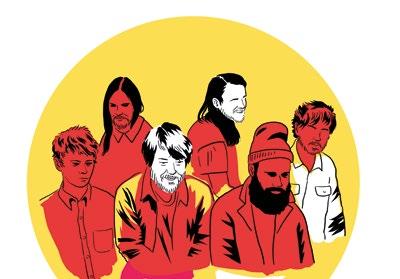
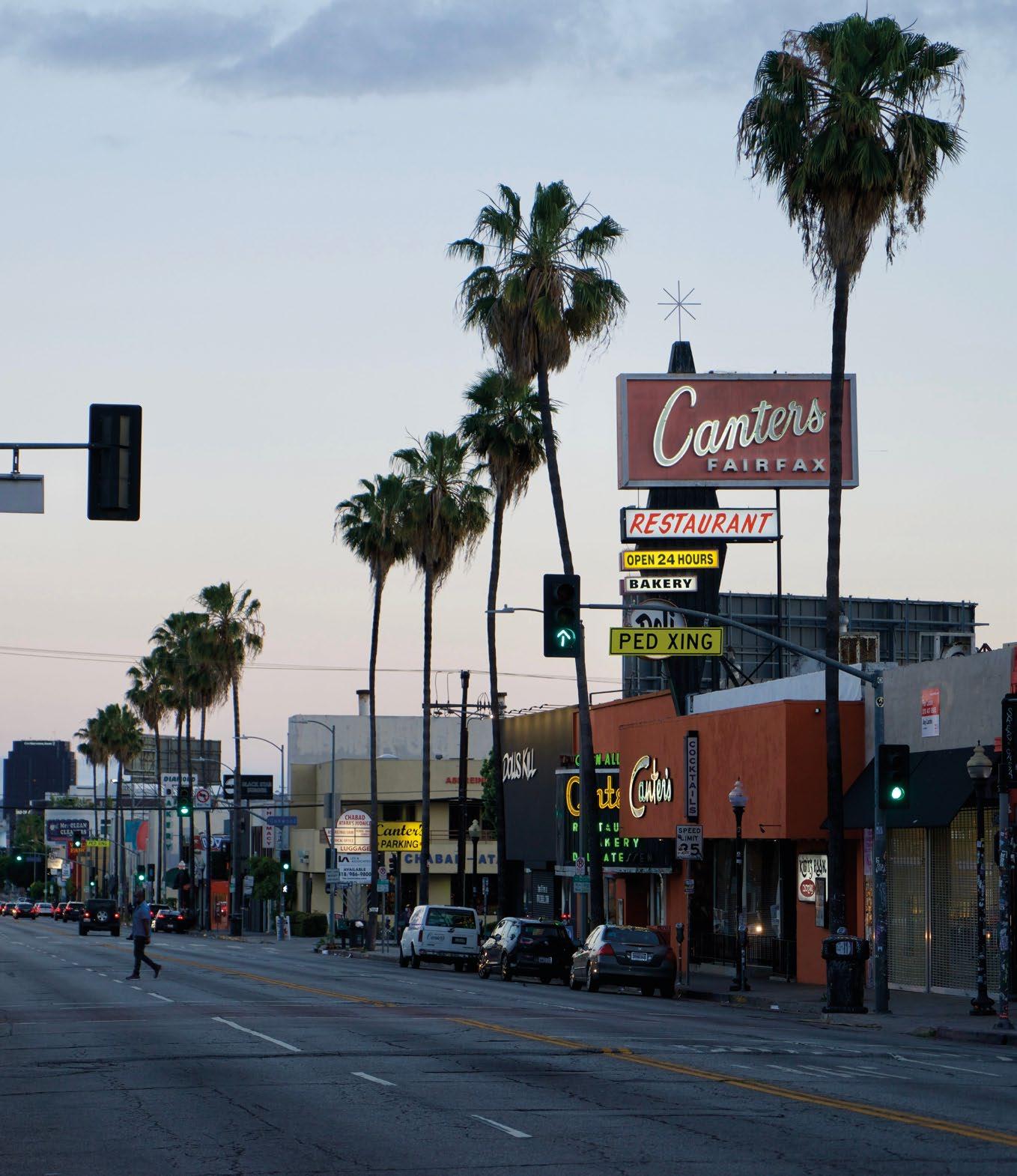

los Angeles has had an unparalleled contribution to music history. Not only has it always served as fertile ground for the discovery of global phenomena, but it is also home to some of the world’s leading music studios and labels. And the presence of Hollywood and its film industry has acted and continues to act as a driving force for new sources of inspiration for music in the “Golden City.”
Founded by a Spanish governor in 1781, capital of the Mexican region of Alta California and conquered in 1847 by the United States, Los Angeles has always been a crossroads of cultures, and so has its music.
The 1920s and ’30s saw African American music flourish in the city, and jazz became the most popular genre, with a sound characterized by unconventional rhythms, rapid key changes, and quirky melodies. Jazz musicians’ favorite instruments were the drums, piano, and saxophone, and improvisation played a key role in which artists used to invent their own tunes directly on stage.
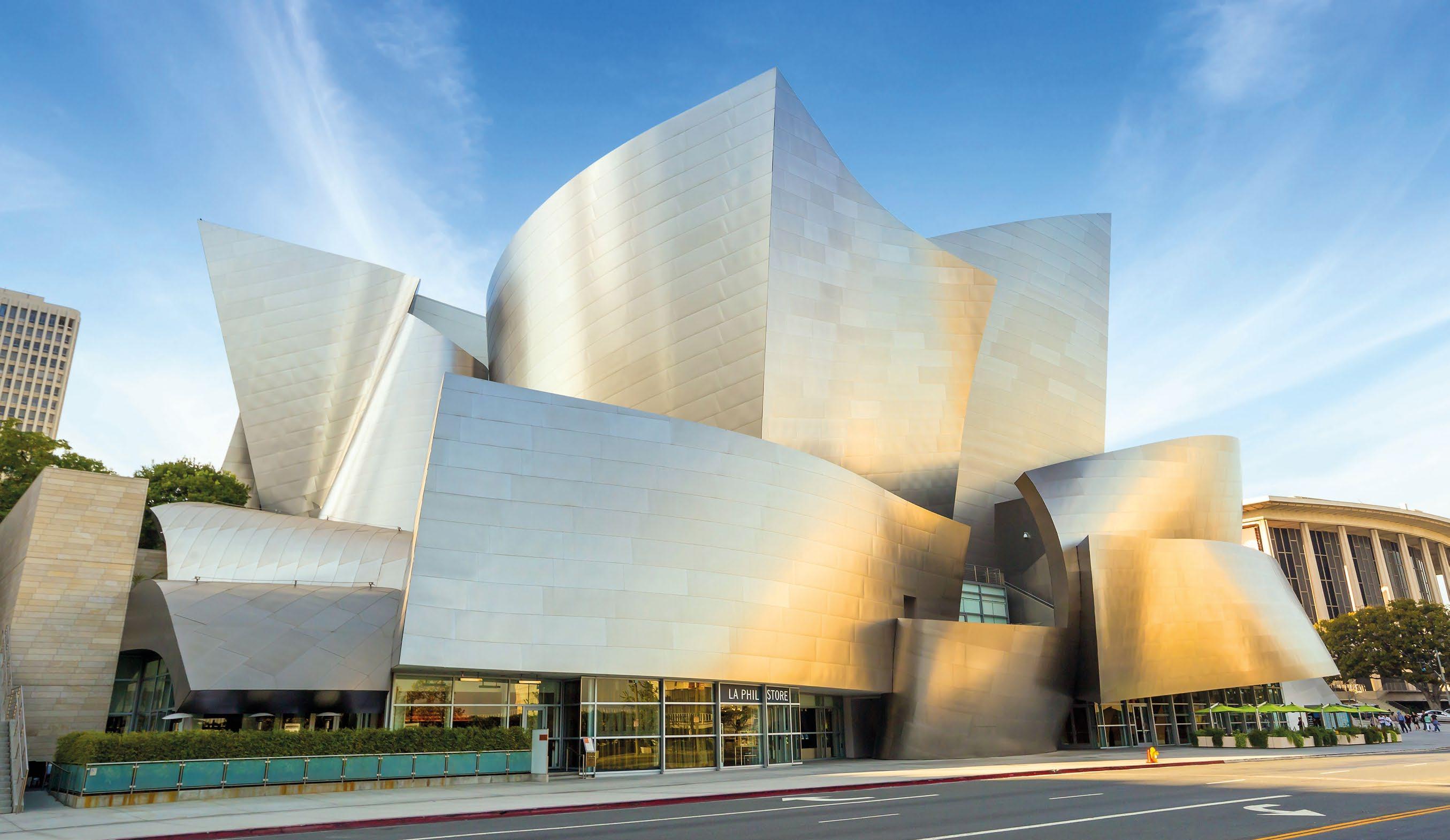



of all the cities in the world that can boast a close tie to music, only one can officially call itself “Music City”: Nashville.
Music history in the capital of Tennessee began back in 1700 when the first French settlers celebrated their arrival on the banks of the Cumberland River with the playing of violins and long traditional balls. The first “celebrity” from Nashville was Davy Crockett, a famous frontiersman and member of Congress, known all over not only for his heroic stories but also for his skill on the violin.
In the second half of the nineteenth century, the Fisk Jubilee Singers, an African American a cappella group from Fisk University, were the first artists in history to do a world tour. After the civil war, their concerts not only helped finance the education and college admission of African Americans who were previously slaves but also put Nashville on the map as a global hub of music. Legend has it that when they played for Queen Victoria of England, she said the band must come from a “city of music,” coining the term still used today to refer to Nashville.
Ryman auditorium
116 5th Avenue North.
The mecca of country music.
the opry House
600 Opry Mills Drive.
the Bluebird Café 4104 Hillsboro Pike.
The club where even the most famous songwriters take to the stage to share their stories and play small, intimate, impromptu sets.
ole Red
300 Broadway.
third Man Records
623 7th Avenue South.
Country Music Hall of Fame and Museum
222 Rep. John Lewis Way South. One of the world’s largest museums and research centers dedicated to the preservation and study of American folk music.
Hatch Show Print
to musicians who have made their mark on the music industry.
Cannery Ballroom
1 Cannery Row.
A country music hall opened in the late 1970s, the venue became one of Nashville’s premier music venues of the 1980s and 1990s.
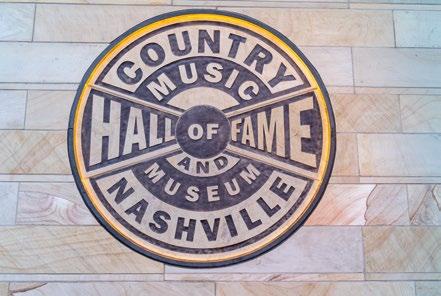
224 Rep. John Lewis Way South.
Since its opening in 1879, this print shop, which was opened by the Hatch brothers, has designed and printed all the posters and playbills for shows and concerts in the city.
Music City walk of Fame
121 4th Avenue South.
Inside the Nashville Music Garden, there is a long sidewalk dotted with stars dedicated
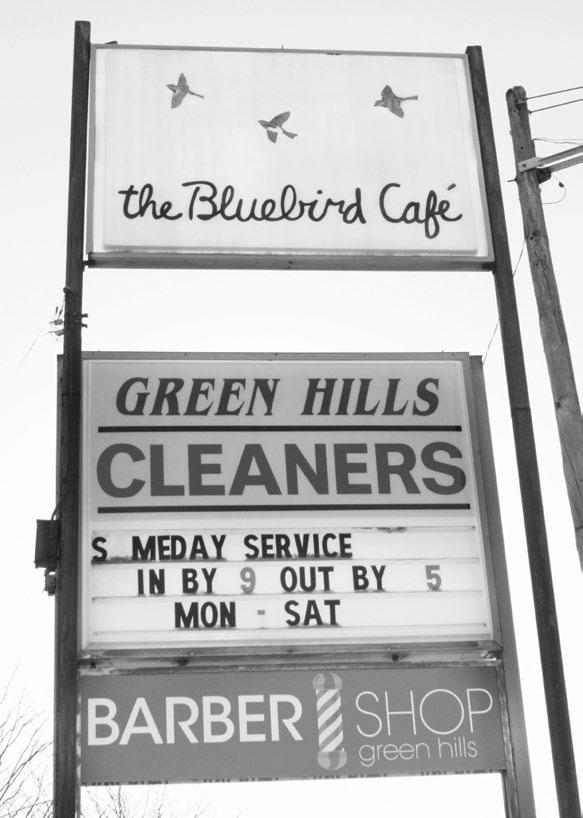
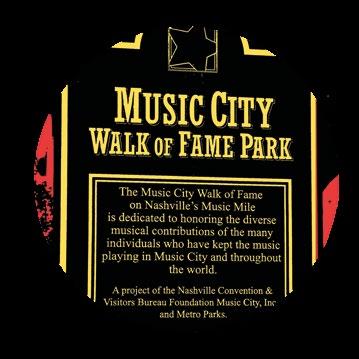

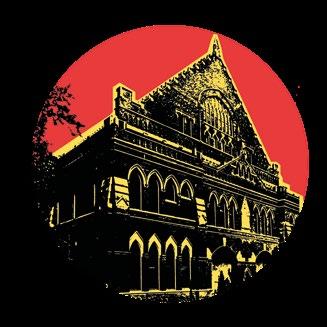
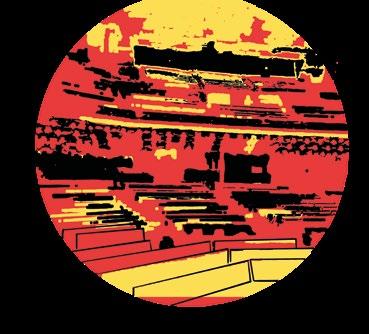
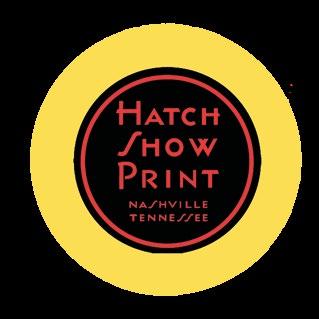


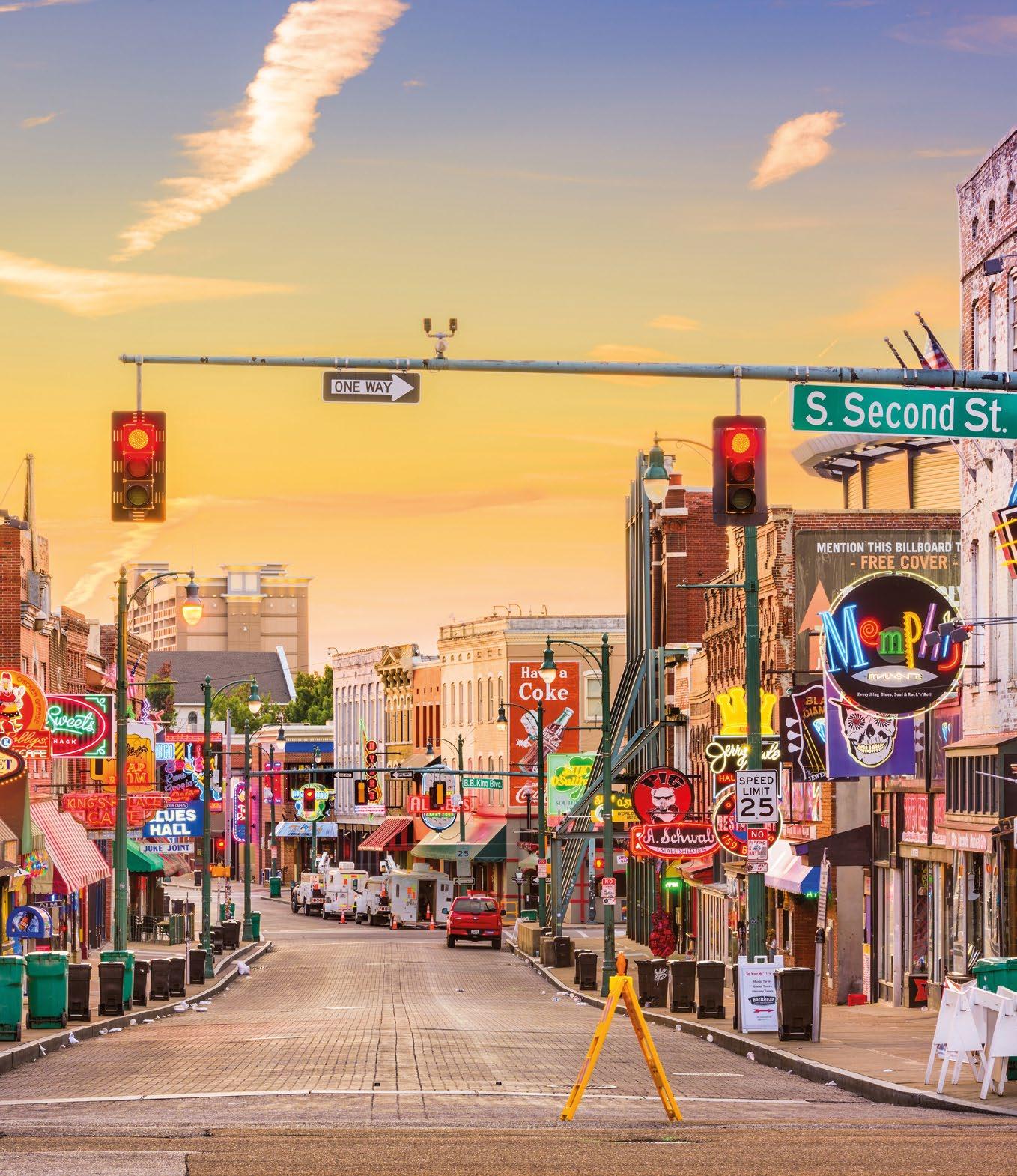

the history of music in Memphis is as old as the city itself. Sitting on the banks of the Mississippi River between three states, Tennessee, Arkansas, and Mississippi, at the beginning of the nineteenth century, Memphis was a major intersection for commerce and African American culture and an important gateway for people and Mississippi Delta culture passing through on their way north. The spiritual traditions passed down from generation to generation of African Americans subjected to slavery became the basis for blues music and a source of inspiration for artists like W.C. Handy. Known also as the “Father of Blues,” he and his band reached Memphis in 1909 to play in the clubs of Beale Street. He was one of the first to play the new and unique style of Memphis blues, an evolution of folk music that developed from the songs sung on plantations and in the fields at the beginning of the century. The key elements of the genre include a drawn-out, slow, repetitive, almost trancelike rhythm, call-and-response lyrics, and “blue notes,” intentionally off-tune notes used to evoke emotions.
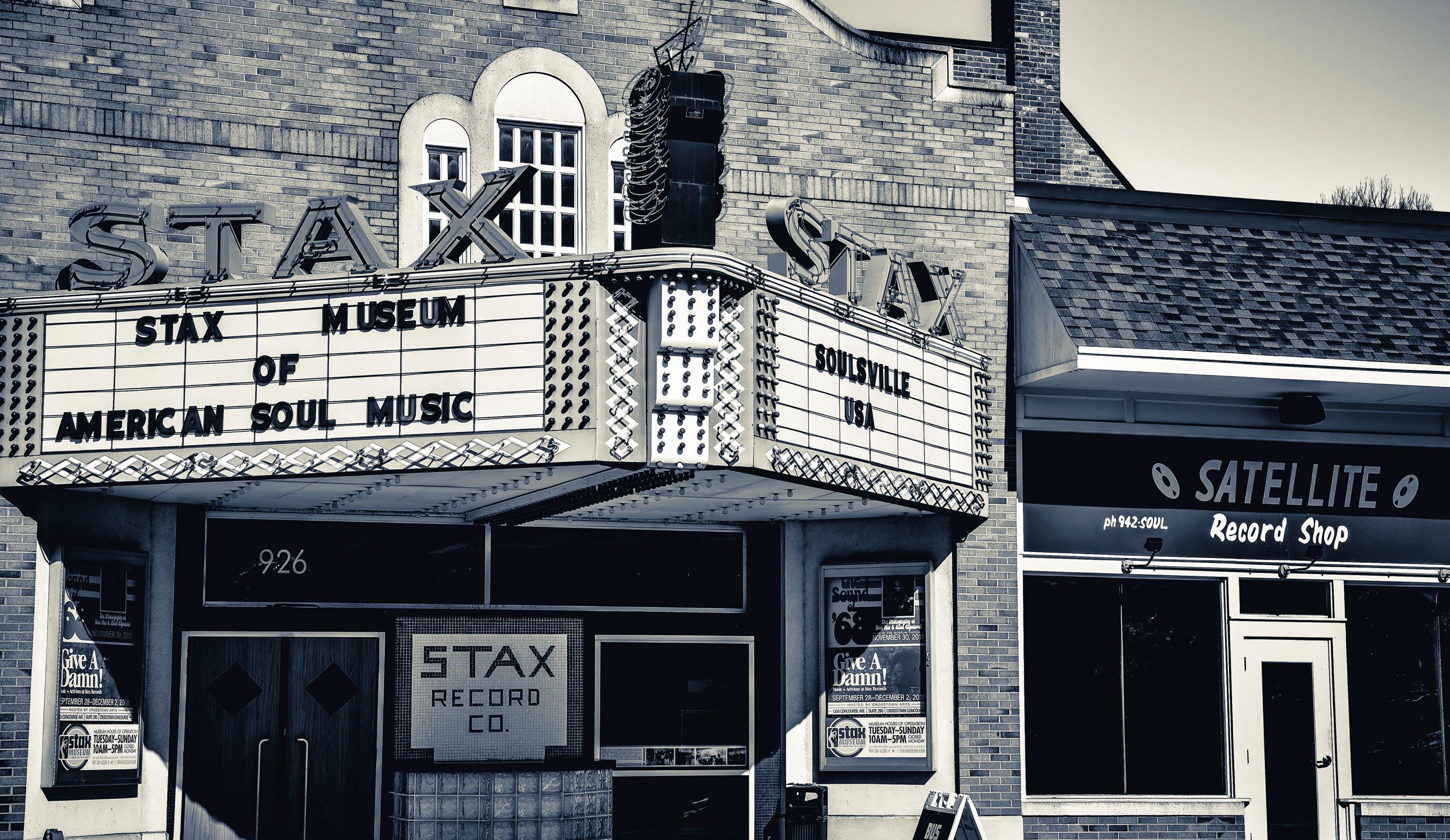

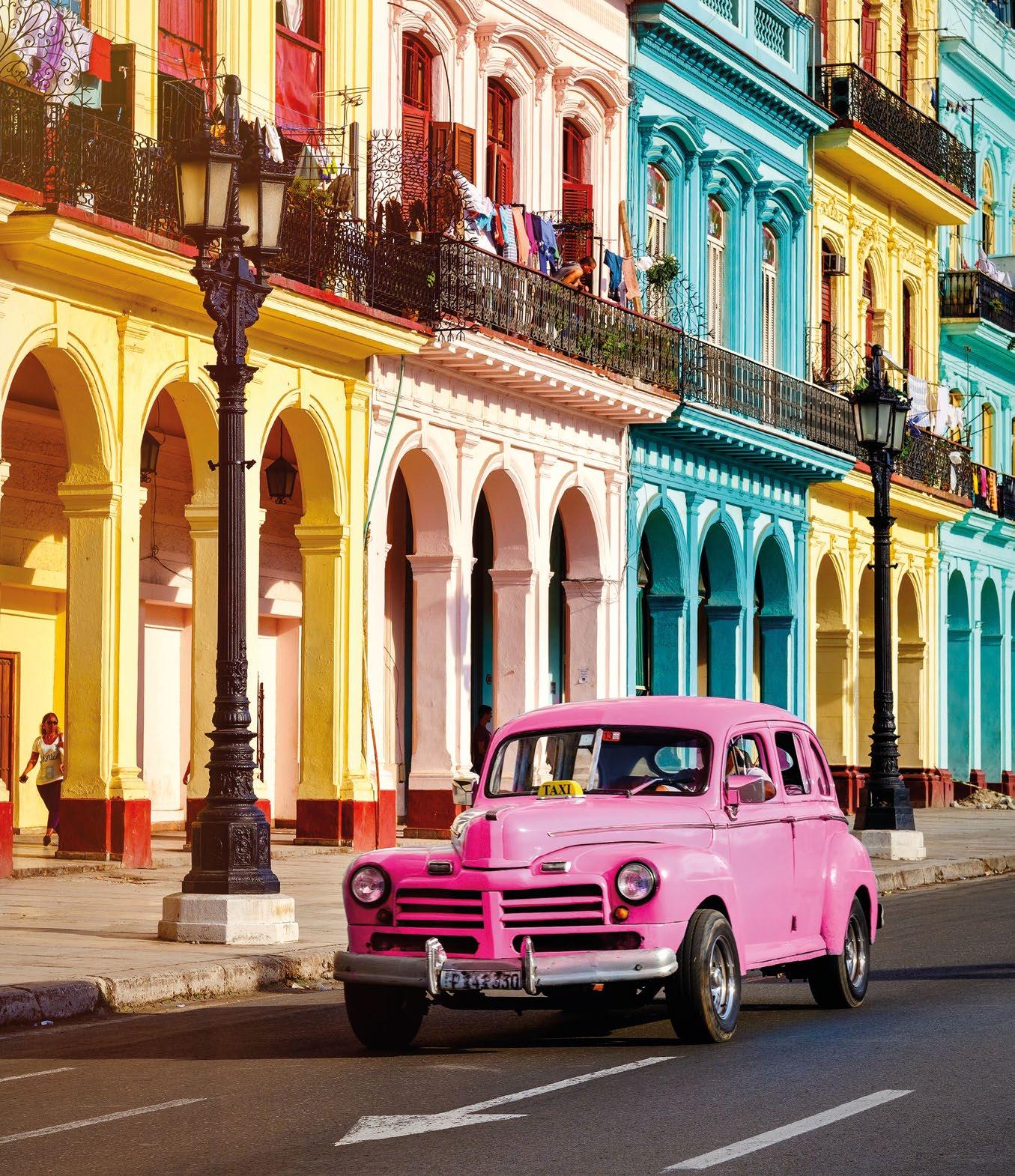
The island of Cuba and more specifically the city of Havana are considered to have had the biggest influence on Latin sound and rhythms, thanks to the contaminations, tastes, and various origins of those who made up the history of the city and the nation.
The Spaniards started it all. In the 1500s, in addition to their own sound sensibility, the earliest occupiers brought slavery to the island, subjecting thousands from Africa into forced labor. From the fusion of these two cultures came traditional Cuban music. Nothing is known about local music from before Spanish rule, except a few findings of primitive instruments like large shells, wooden horns, drums, and maracas.
African slaves brought percussion instruments and rhythms that, as was soon clear, matched European compositional techniques and especially the Spanish guitar. One of the first known
